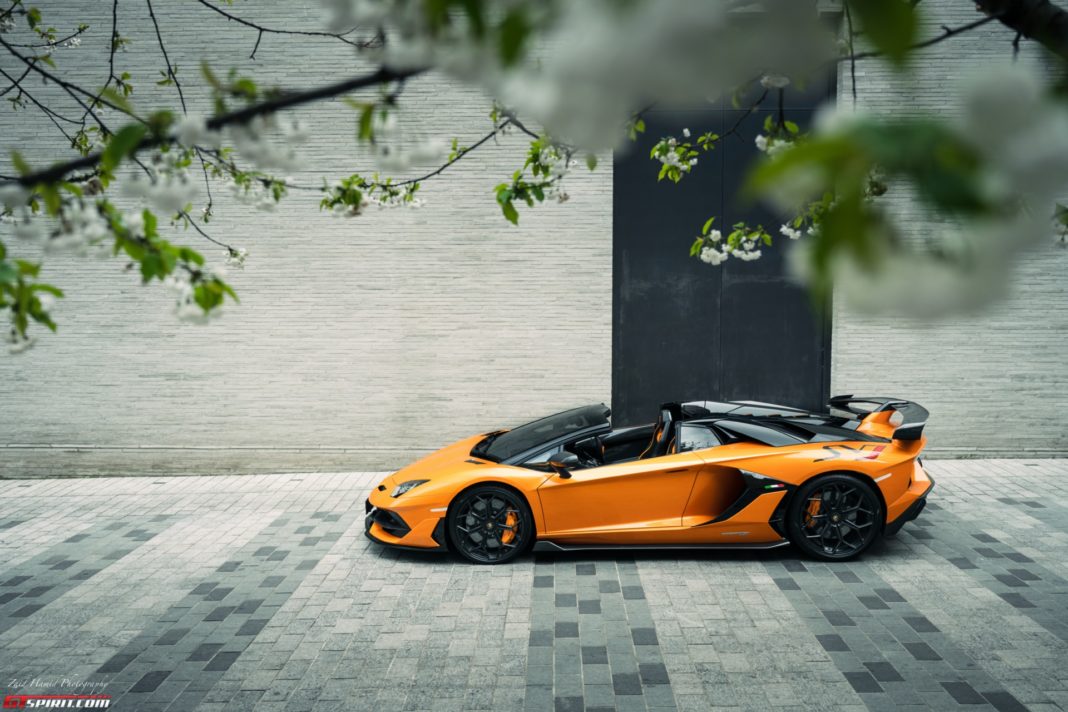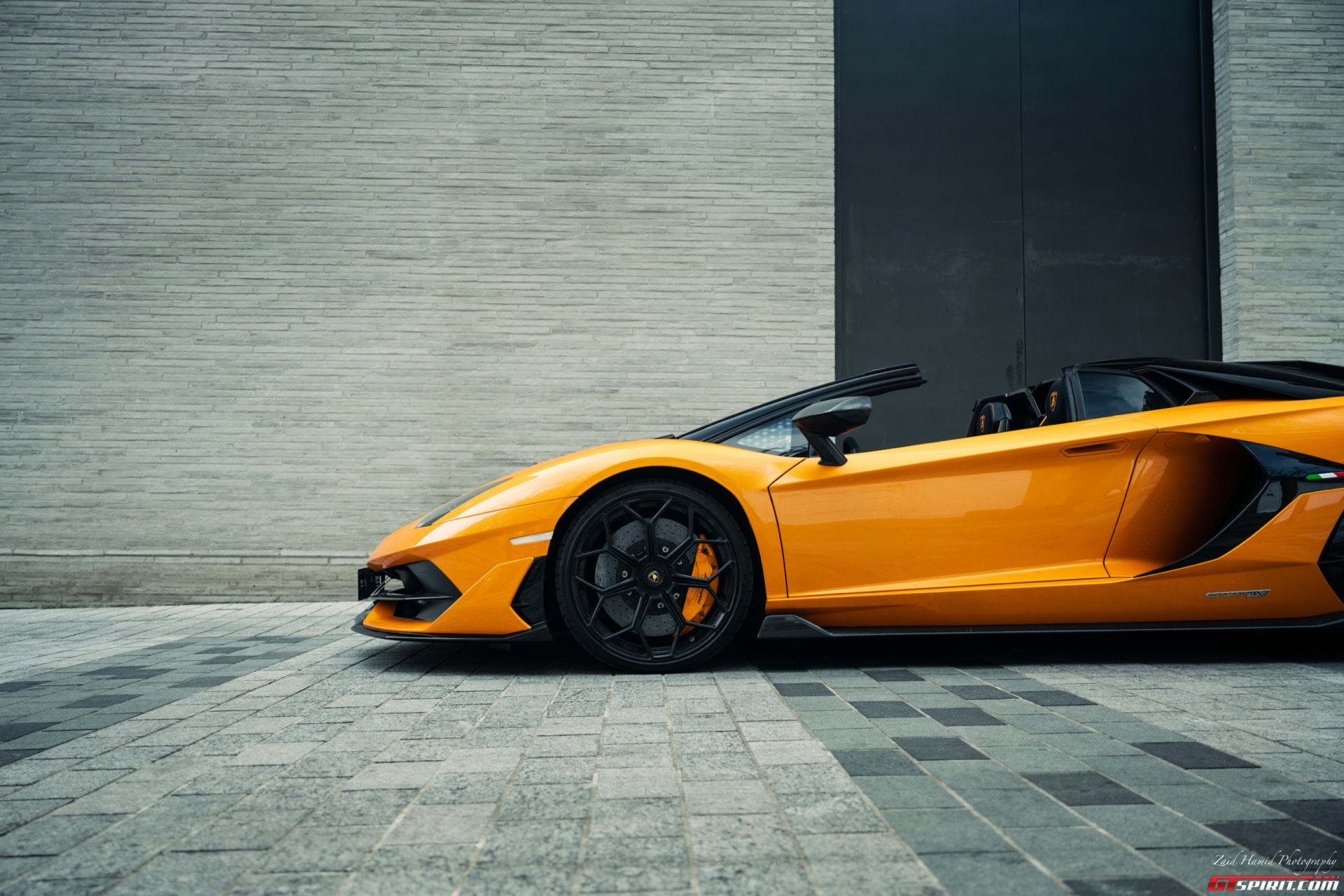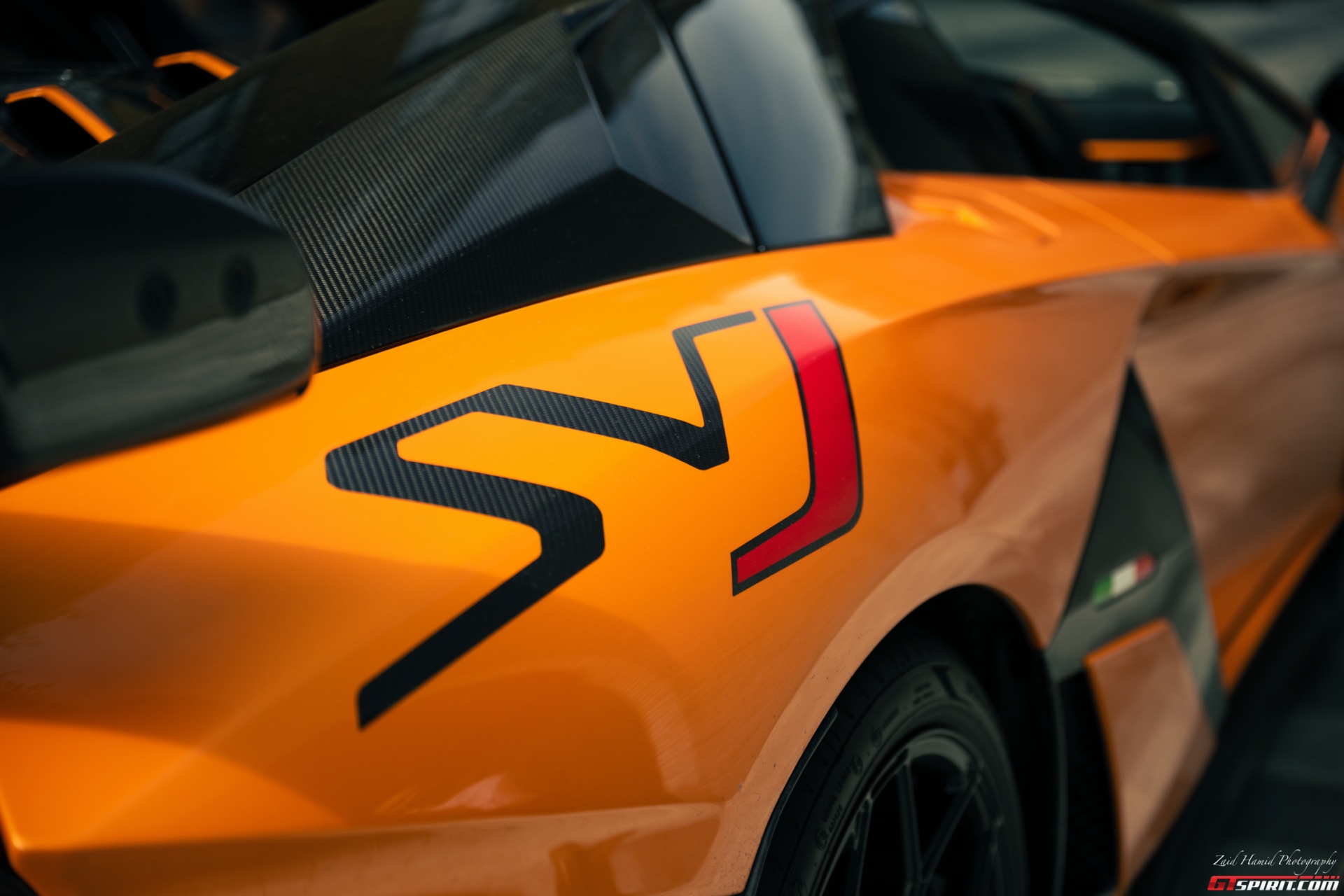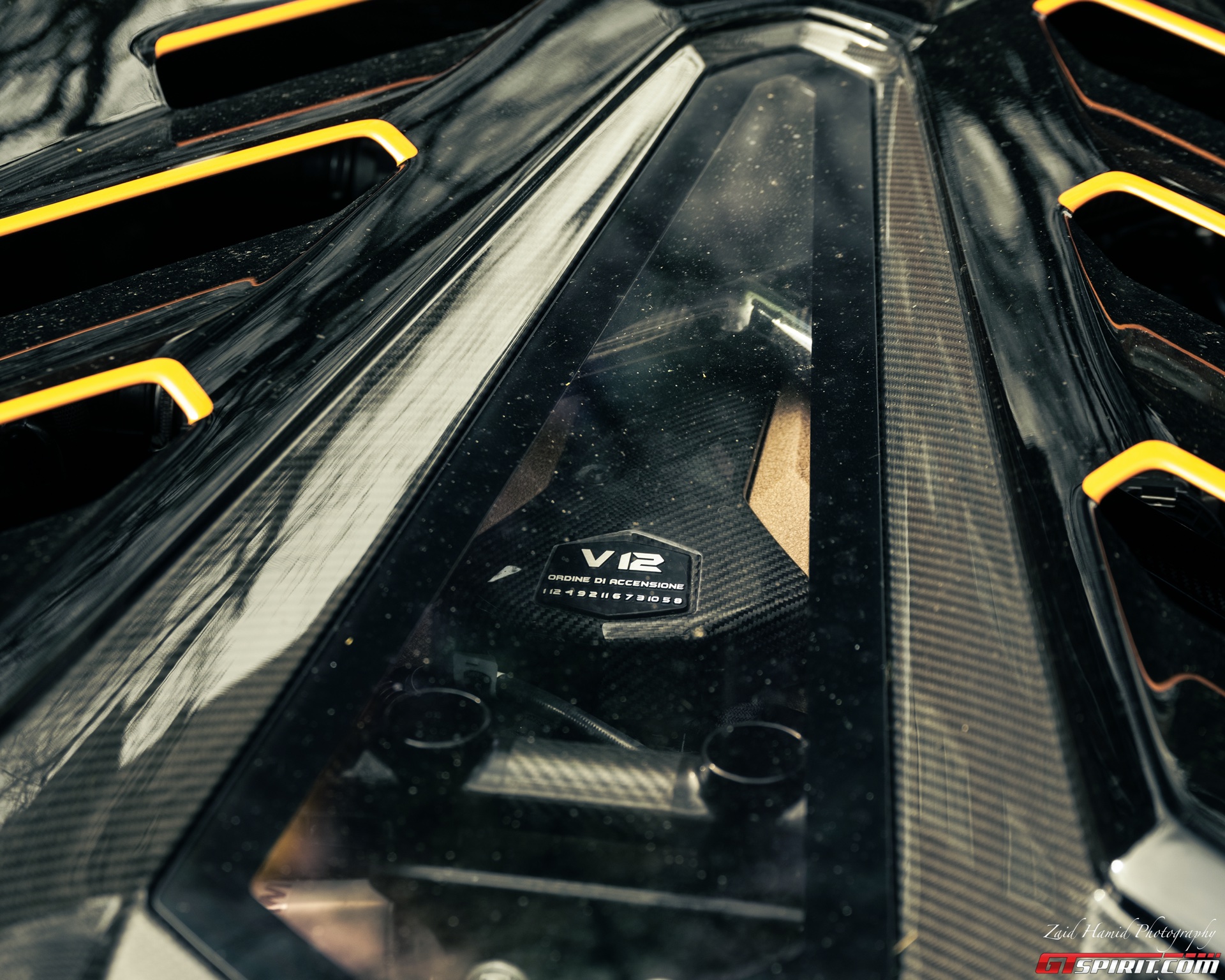It is no secret that the days of the combustion engine are numbered. With governments setting dates to ban the sale of fuel burners, manufacturers are responding with their own targets to be carbon neutral and cease production of petrol and diesel engines. It is increasingly rare to find naturally aspirated vehicles on sale aside from a handful of performance cars that are surely the last of their kind, perhaps with the exception of the Porsche GT flat six that will be around for at least one lifecycle update in the GT3/4. Turbochargers are the norm, mild hybrids are everywhere and PHEVs are en vogue whilst engineers work towards full EV lineups.
This makes me sad, I am old fashioned in my thinking and love few things as much as depressing an accelerator and feeling acceleration that is accompanied by the symphony that is a by product of fossil juice being combusted in six, eight, ten or 12-cylinders. The howls of a 911 GT3’s flat six at 8 to 9,000, the warble of 6.2 SLS or C 63 Black V8 at idle, the shriek of an E60 M5 V10 approaching redline or a Zonda V12 howl transitioning into a wail that could wake the dead, there is no substitute for me. As these sounds are destined to become extinct as the dinosaurs that fuel them did, I felt the need to celebrate what may be the last naturally aspirated series production supercar, the Lamborghini Aventador.
The Aventador was born when the world was a different place, it’s scary to think that I was only 17-years-old when I was flighting the crowds at Geneva to catch a glimpse of the car that would instantly become the defining poster car for millions around the world. It is hard to believe the Aventador was unveiled back in 2011, the very first cars still look fresh and contemporary today with their dramatic lines, the SVJ looks completely batshit everywhere it goes.
With the roof stowed away in the frunk, the profile of the car is jaw dropping and the car becomes a camera phone magnet. It also allows for more noise to enter the cabin, as does the rear window that can be dropped with the roof up.

The V12 is the heart and soul of the Aventador: it may be fast, Nurburgring record holding fast, but this a car that you can drive simply to relish in the torque and the noise from the exuberant 6.5-litre engine. With its revised internals including titanium valves, cylinder head, intake manifold, exhaust and lighter flywheel, the SVJ pulls exceptionally hard at any revs and treats driver and passenger to a cacophony of glory.
There are no particulate filters to spoil the fun and the explosions of fuel that accompany lifting off of the throttle are not synthetic, no pop-bang maps here, just a V12 combusting excess fuel in the silliest, most entertaining fashion. This is and overwhelming sense of occasion in this car, it’s all drama, noise and enjoying the drivetrain.
Yes, the gearbox is antiquated, but it’s an idiosyncratic trait that you learn to drive around, it’s almost cute that a 770 horsepower car that revs to 8,500 with 531lb ft of torque lets you know when it’s slamming home another gear, such character is absent in anything that can be currently be considered a rival.
In decides to come when cars are silent, driverless and homogenous, super cars that embody theatre and driving pleasure may well be frowned upon as being frivolous, polluting and wasteful, but will forever be remembered as representing the pinnacle of engineering in the name of joy, laughter and the pursuit of happiness. Lamborghini, their naturally aspirated V12 and the stunning design of the Aventador will forever be known as being a highpoint in the history of modern super cars. Bellissimo.
Since writing this ode, Lamborghini confirmed that the Aventador’s successor will feature a plug-in hybrid V12.


























